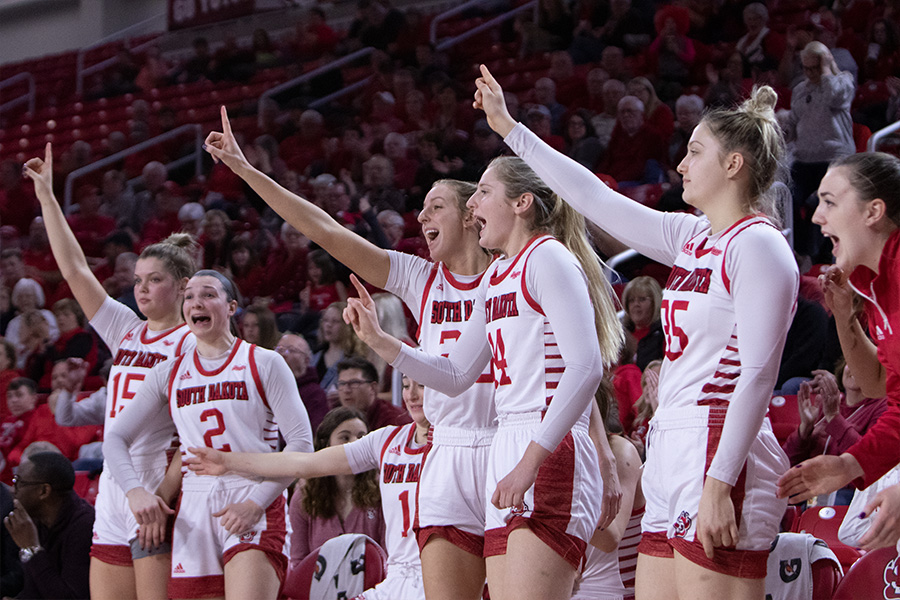Hemp Backers Say Bill Gives Momentum, Especially For Tribes
BISMARCK, N.D. (AP) — Some observers say a North Dakota bill passed this legislative session that sets guidelines for industrial hemp production should make it easier to grow and may help create an industry for Indian tribes, although it could take a while to sort out federal policies.
Hemp can be used to make clothing, lotion and many other products, but growing it has been illegal under federal law because it is type of cannabis plant and looks like marijuana. Unlike marijuana, people can’t get high on hemp.
The measure sponsored by Republican Rep. David Monson is meant to put the state in line with the new federal farm bill that allows hemp to be grown through state agriculture departments and college research stations.
While some potential hemp farmers like Monson are taking a wait-and-see approach with the federal government before planting the crop, former U.S. attorney from North Dakota Timothy Purdon says recent Department of Justice policy changes in response to states that have legalized marijuana could open the door for industrial hemp, especially on tribal lands.
The so-called “Cole memo” issued in August 2013 essentially says the feds are going to concentrate on pot cases involving drug cartels, sales to minors, the use of firearms, and areas were the drugs are being sent from states where marijuana is legal to states where it is not. A subsequent DOJ guidance memo in October 2014 expressly made the Cole memo’s priorities applicable on Indian reservations.
“It seems likely that those memos would apply to hemp farming,” said Purdon, who recently joined the Minneapolis-based Robins Kaplan law firm. “Under the factors in the Cole memo, it would seem like the department should not be prioritizing the investigation and prosecution of industrial hemp.”
Purdon said there are “already legal industrial hemp plants in the ground” in Kentucky and Oregon.
Federal prosecutors in North Dakota did not respond to interview requests.
Robert Shepherd is a former chairman of Sisseton-Oayte tribe that has most of its land in northeastern South Dakota and a sliver in southeastern North Dakota. He has been a longtime promoter of hemp for the tribe because it’s a cash crop that can be grown on the rough reservation land without much attention or chemicals.
“It can really be an economic engine for the tribes,” Shepherd said.
Dave Archambault II, chairman of the Standing Rock Sioux in North Dakota and South Dakota, said in December his tribe might consider cultivating hemp, though the federal government would have to allow interstate transport for it to be a profitable venture.
Monson, who along with North Dakota farmer Wayne Hauge have been battling the federal government on this issue for years, said he’s going to let the North Dakota agriculture commissioner and college researchers take the lead before he runs out to plant hemp.
“When you get to the ability to prosecute someone who owns farmland and machinery, that is your livelihood, do I trust them not to prosecute me for raising industrial hemp?” Monson asked. “Not enough to go out and plant it.”

